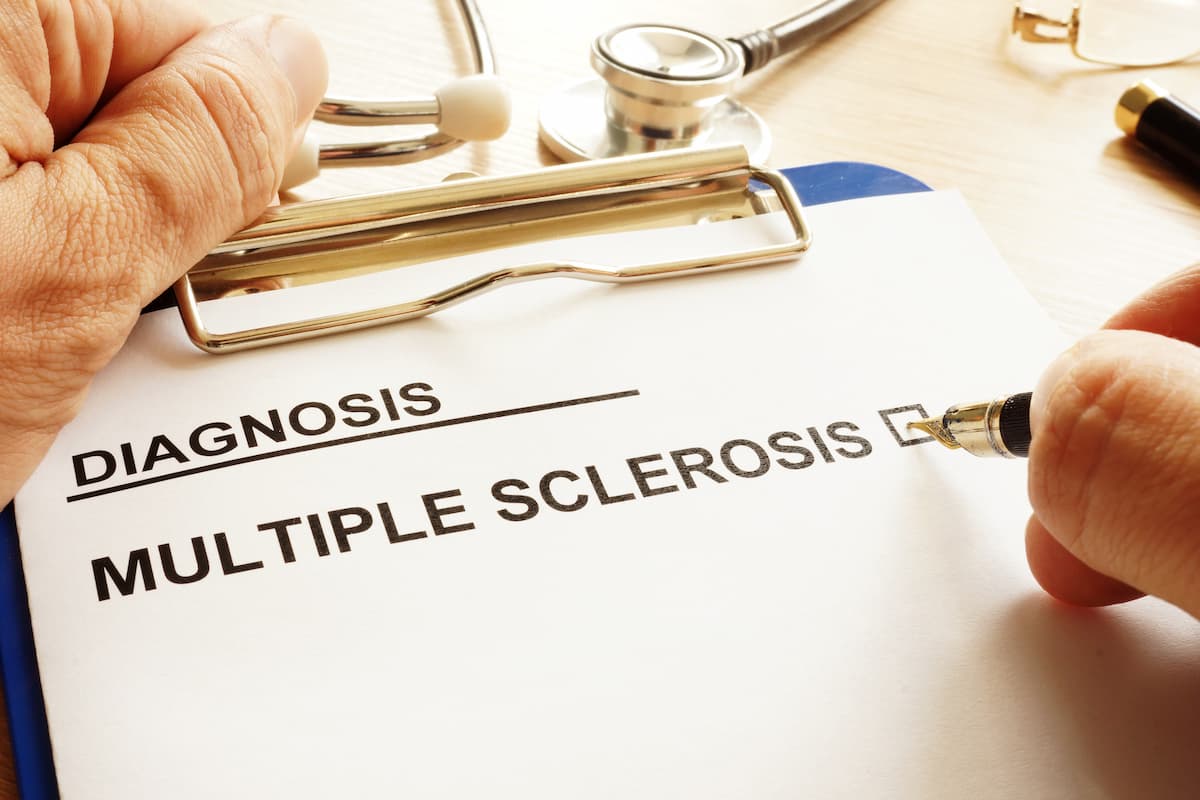Article
Multisensor Tool Accurately Measures MS Limb Dysfunction
Author(s):
Researchers developed a multisensor tool that quickly and simply records motor changes in patients with multiple sclerosis (MS), according to a study recently published in Annals of Clinical and Translational Neurology. Researchers hope the introduction of the device will lead to future developments in neurological vital signs using wearable technology.
Researchers have developed a multisensor tool that quickly and simply records motor changes in patients with multiple sclerosis (MS), according to a study recently published in Annals of Clinical and Translational Neurology.
The MYO armband is a new multisensor device that can detect both upper and lower limb dysfunction in patients with MS via data collected from 3 sensors. The study included data from a surface electromyogram, gyroscope, and accelerometer. Specifically, “data were collected from MYO through a Bluetooth connection to an encryption-protected laptop with both immediate signal processing and postprocessing metrics extraction.”
In the past, outcomes research in MS "centered on periodic clinical exams, which may be insensitive to changes over the short term…and only capture a single semi-quantitative snapshot of the patient’s performance,” the researchers said.
Study participants included 117 patients with MS and 30 healthy controls. To measure disease progression, researchers had participants complete 20 finger or toe taps on all 4 limbs. The device, which is smaller than a blood pressure cuff, was able to wirelessly download data in real time, and each assessment took less than 5 minutes. In addition to the duration of time in seconds required for 20 taps in each limb, textural features of waveform data from the sensors were collected.
“The use of multisensors allows for use of complementary data-types that can be employed for a more comprehensive view of the movement,” said Jennifer Graves, MD, PhD, a lead author of the study. “The types of sensors we used are widely available in different hardware products. We used a product that could be purchased off Amazon and was originally used for gaming and other gesture control tasks. The critical steps in our work involved the data processing and analyses, including use of artificial intelligence approaches.”
Researchers hope the introduction of the device will lead to future developments in neurological vital signs using wearable technology. They found the device was easy to use and that spaciotemporal features extracted were reliable. Because of this, they postulate nonclinical personnel, such as family members or caregivers, could utilize the device to accurately test disease progression.
“Both time and textural analyses of sensor data distinguish cases from controls and have strong associations with physician- and patient-reported disability,” the researchers said. The introduction of the device into MS clinical trials could also “allow much shorter trial durations to detect a treatment effect.”
To validate the multi-ensor algorithm, future longitudinal and cross-sectional studies in patients with other neurological diseases should be conducted, the researchers concluded.
Reference
Akhbardeh A, Arjona JK, Krysko KM, Nourbakhsh B, Gourraud PA, Graves JS. Novel MS vital sign: multi-sensor captures upper and lower limb dysfunction [published online February 26, 2020]. Ann Clin Transl Neurol. doi: 10.1002/acn3.50988.





